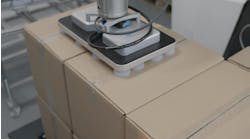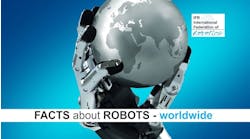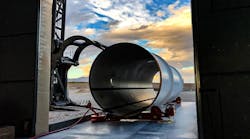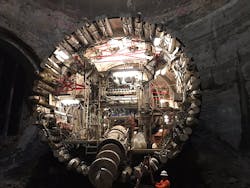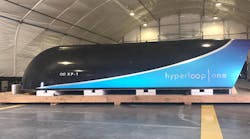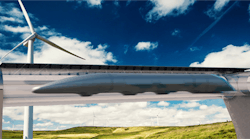Latest from Industry Trends
The Hyperloop Is Doomed for the Worst Reason
When Elon Musk tweeted that he had “verbal govt approval” to build a Hyperloop to carry passengers from New York to Washington in half an hour, everyone with a lick of sense about transportation rolled their eyes. It was obviously delusion, fantasy, and hype -- science-fiction nonsense.
With his premature declaration, Musk is doing public debate a favor. He’s reminding us of what the barriers to ambitious projects really are: not technology, not even money, but getting permission to try. “Permits harder than technology,” Musk tweeted after talking with Los Angeles mayor Eric Garcetti about building a tunnel network. That’s true for the public sector as well as the private.
“For some urban context: a recently opened stretch of subway in New York cost $4.5 billion for less than 2 miles of rails. It was first proposed in 1919 and opened to the public in January 2017,” wrote Bloomberg’s Tom Randall, concluding drily. “These things take time.”
The Second Avenue subway is an extreme example of a general phenomenon. As I’ve previously written, a large infrastructure project may take three or four years of actual construction. But the work can’t even get started until there’s been a decade or more of planning and design. The bottleneck isn’t the actual construction, in other words. It’s the ever-more-detailed analyses, reviews and redesigns required -- and often litigated -- beforehand. (For New Deal nostalgics, this also explains why the stimulus bill passed in 2009 couldn’t easily include a full-blown Work Progress Administration-style jobs plan.)
“It took two years just to complete the geotechnical and environmental studies for the Chesapeake Bay tunnel project that's about to begin” in Virginia, wrote Randall. And that’s just one of the states Musk’s Hyperloop tunnel would have to pass through.
The obstacles facing a run-of-the-mill highway, tunnel, or bridge are great enough. Throw in untried and unfamiliar technology and you’re asking for endless delays. Those delays aren’t, however, facts of the natural world. They’re human artifacts. They don't have to be there. SpaceX and its commercial-spaceflight competitors can experiment because Congress and President Barack Obama agreed to protect them from Federal Aviation Administration standards.
Musk is betting that his salesmanship will have a similar effect on the ground. He's trying to get the public so excited that the political pressures to allow the Hyperloop to go forward become irresistible. He seems to believe that he can will the permission into being.
If he succeeds, he’ll upend not merely intercity transit but the bureaucratic process by which things get built. That would be a true science-fiction scenario.

